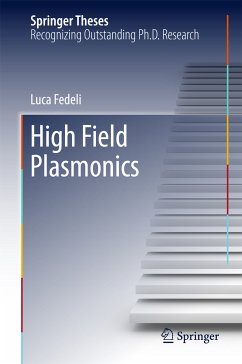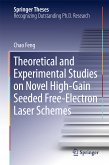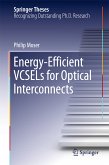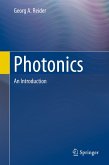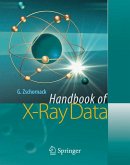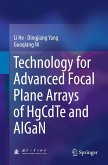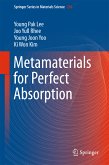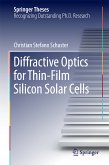This thesis describes pioneering research on the extension of plasmonics schemes to the regime of high-intensity lasers. By presenting a rich and balanced mix of experimentation, theory and simulation, it provides a comprehensive overview of the emerging field of high field plasmonics, including open issues and perspectives for future research. Combining specially designed targets and innovative materials with ultrashort, high-contrast laser pulses, the author experimentally demonstrates the effects of plasmon excitation on electron and ion emission. Lastly, the work investigates possible further developments with the help of numerical simulations, revealing the potential of plasmonics effects in the relativistic regime for advances in laser-driven sources of radiation, and for the manipulation of extreme light at the sub-micron scale.
Dieser Download kann aus rechtlichen Gründen nur mit Rechnungsadresse in A, B, BG, CY, CZ, D, DK, EW, E, FIN, F, GR, HR, H, IRL, I, LT, L, LR, M, NL, PL, P, R, S, SLO, SK ausgeliefert werden.

